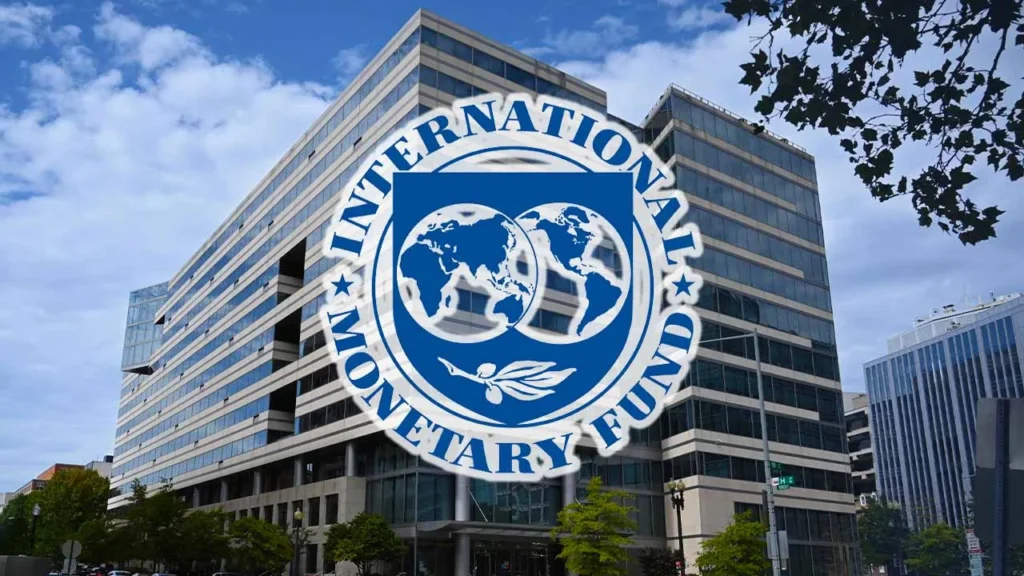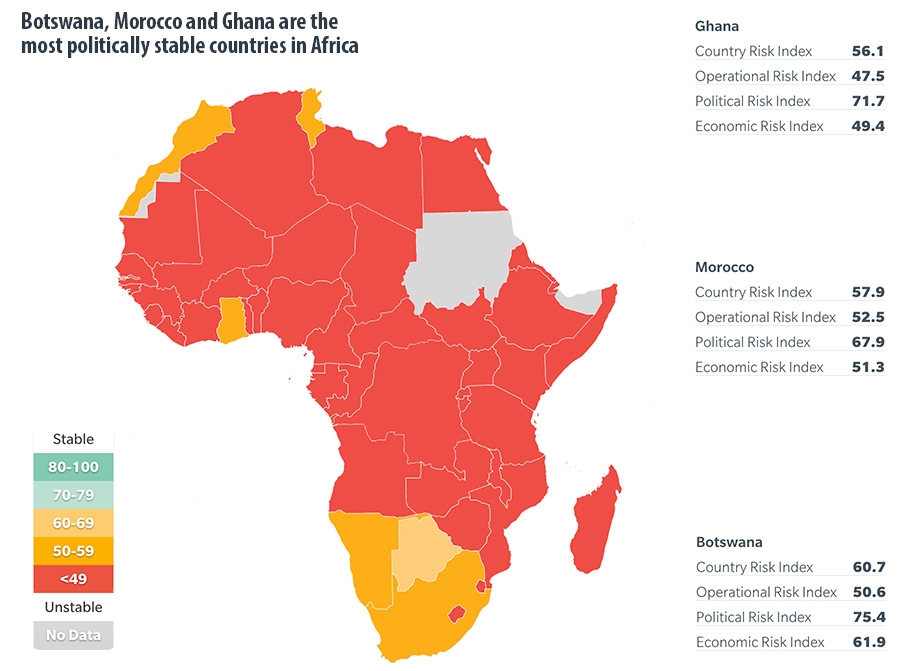Inflation Trends in November 2023

In November 2023, the overall inflation rates demonstrated stability, primarily bolstered by a decline in the prices of crucial food items. Despite a slight uptick to 6.9 percent from 6.8 percent in October, this stability was maintained. Notably, there was a marginal decrease in food inflation, resting at 7.8 percent in October compared to 7.9 percent the previous month. This shift was supported by the declining prices of fresh vegetables and key non-vegetable items. However, the inflation in fuel saw an increase, rising to 14.8 percent in November from 13.1 percent in October driven by soaring energy costs. Non-food-non-fuel (NFNF) inflation also experienced a decline to 3.6 percent from 3.7 percent in September, reflecting subdued demand pressures.
Exchange Rates
The Kenyan Shilling exhibited relative stability against major international and regional currencies during the week ending November 30, exchanging at KSh 156.86 per US dollar, as opposed to KSh 154v.27 per US dollar on October 26
Foreign Exchange Reserves
As of November 2, the usable foreign exchange reserves remained adequate, standing at USD 6,814 million (equivalent to 3.7 months of import cover). This value aligns with the CBK’s stipulated requirement to maintain a minimum of 4 months of import cover (Table 2).
Money Market
During the week ending November 2, liquidity in the money market experienced a decline. Commercial banks‘ excess reserves were recorded at KSh 17.8 billion in relation to the 4.25 percent cash reserves requirement (CRR). Open market operations remained active. The average interbank rate was noted at 12.18 percent on November 2, a slight decrease from 12.51 percent on October 26. Additionally, the average number of interbank deals saw a minor decline to 23 from 24 in the previous week, while the average value traded decreased to KSh 13.5 billion from KSh 14.5 billion in the prior week (Table 3).
Government Securities Market
The Treasury bills auction that took place on November 2 garnered bids amounting to KSh 24.7 billion against an advertised sum of KSh 24.0 billion, indicating a performance rate of 102.8 percent. Interest rates remained steady, with the 91-day, 182-day, and 364-day rates showing a slight increase (Table 4).
Equity Market
At the Nairobi Securities Exchange, there was a notable decline in the NASI, NSE 25, and NSE 20 share price indices, with decreases of 2.9 percent, 3.3 percent, and 1.4 percent, respectively, during the week ending November 2. Moreover, market capitalization also witnessed a decline of 2.9 percent, while equity turnover and total shares traded observed an increase of 143.4 percent and 167.0 percent, respectively (Table 6).
Bond Market
In the domestic secondary market, there was a 2.6 percent increase in bond turnover during the week ending November 2 (Table 6). On the international front, yields on Kenya’s Eurobonds displayed a decrease by an average of 89.18 basis points, with the 2024 maturity witnessing a decline of 111.50 basis points. Similar trends were observed with the 10-Year Eurobonds for Zambia and Angola (Chart 3).
Global Trends
In advanced economies, concerns regarding inflation continue to ease, as evidenced by the decline in inflation within the Eurozone to 2.9 percent in October from 4.3 percent in September. The US Federal Reserve maintained benchmark interest rates within a target range of 5.25% – 5.5%, a position it has held since July. Notably, the US dollar index weakened by 0.48 percent against a basket of major currencies during the week ending November 2.
International oil prices experienced a decline during the same week due to the waning impact of the conflict between Israel and Palestine, with Murban oil prices falling to USD 87.24 per barrel on November 2 from USD 90.23 per barrel on October 26.












